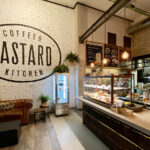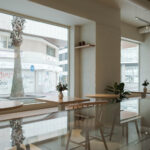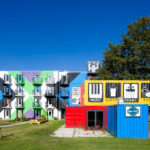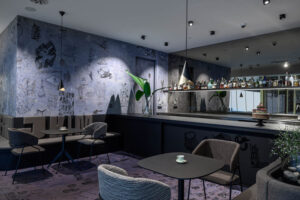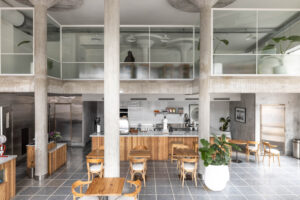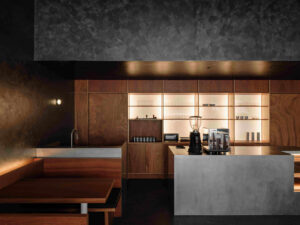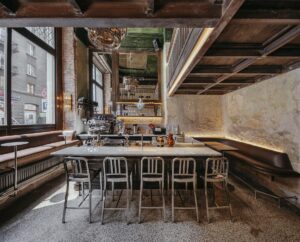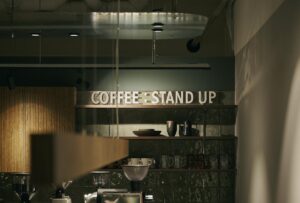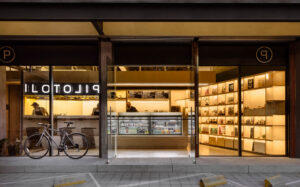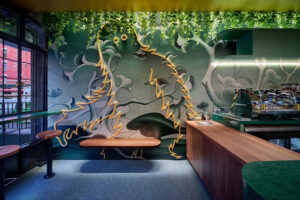Inside Ronda 14 Pozuelo: A Cultural and Culinary Fusion in Design
Ronda 14 designed by Ballarin Mendoza Arquitectura is not just a restaurant—it’s a rich expression of cross-cultural gastronomy, blending Peruvian, Japanese, and Asturian culinary traditions. For its Pozuelo location in Madrid, the architectural and interior design needed to reflect this diversity without resorting to clichés. The result is a warm, atmospheric space that blends nature, texture, and spatial zoning to immerse diners in a setting as layered as the cuisine itself. We spoke with the design team about how form, materiality, and collaboration brought this cultural fusion to life.
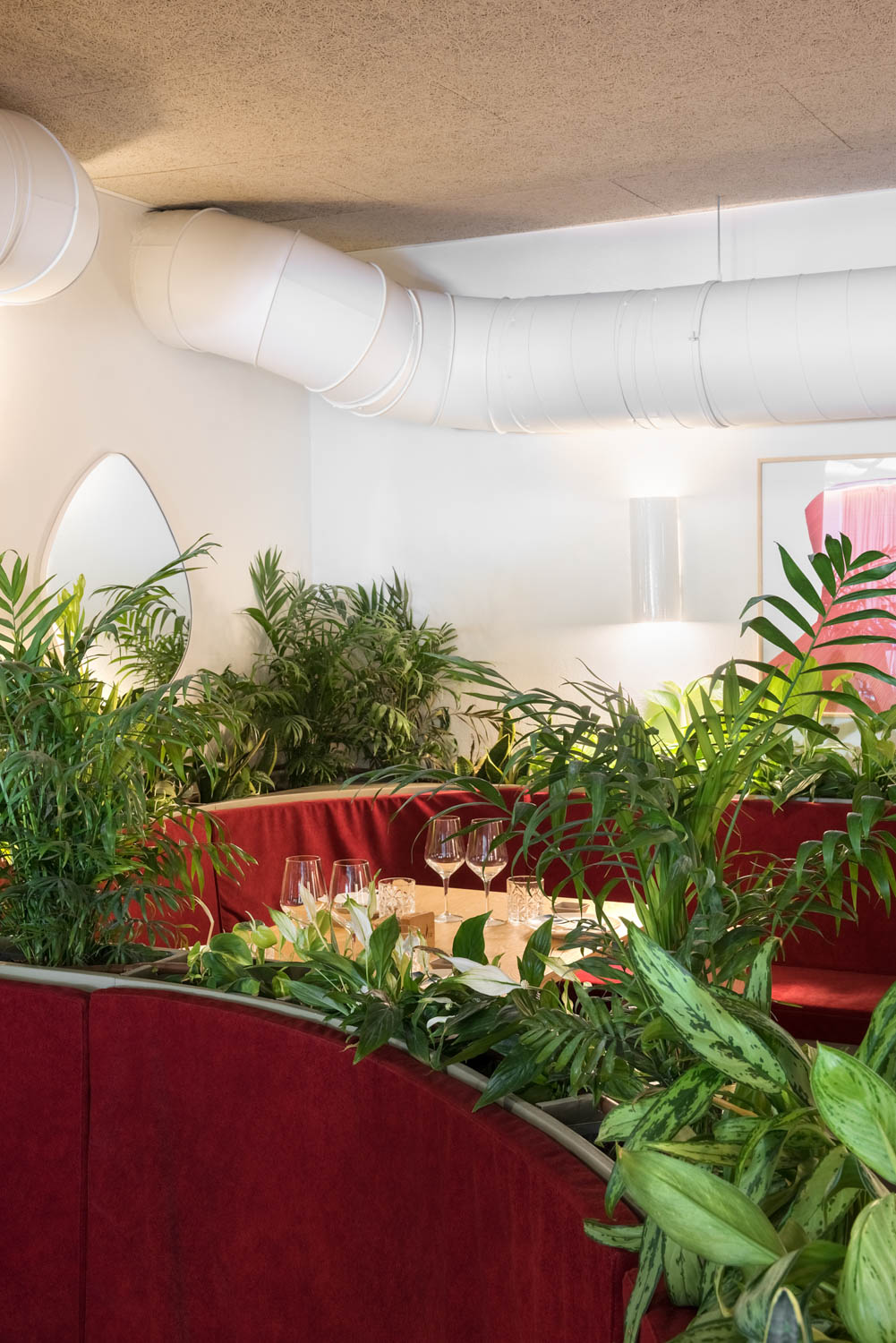
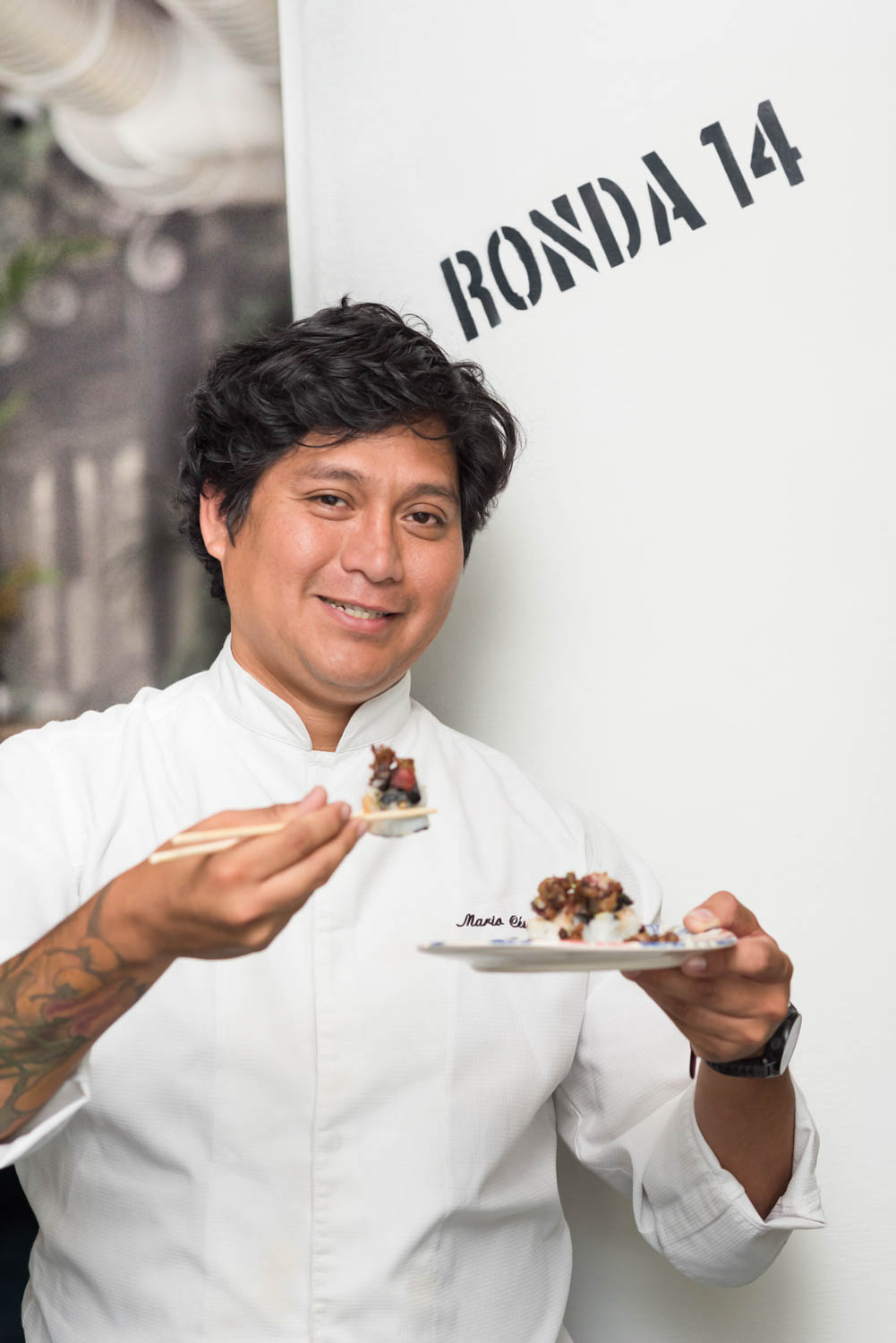

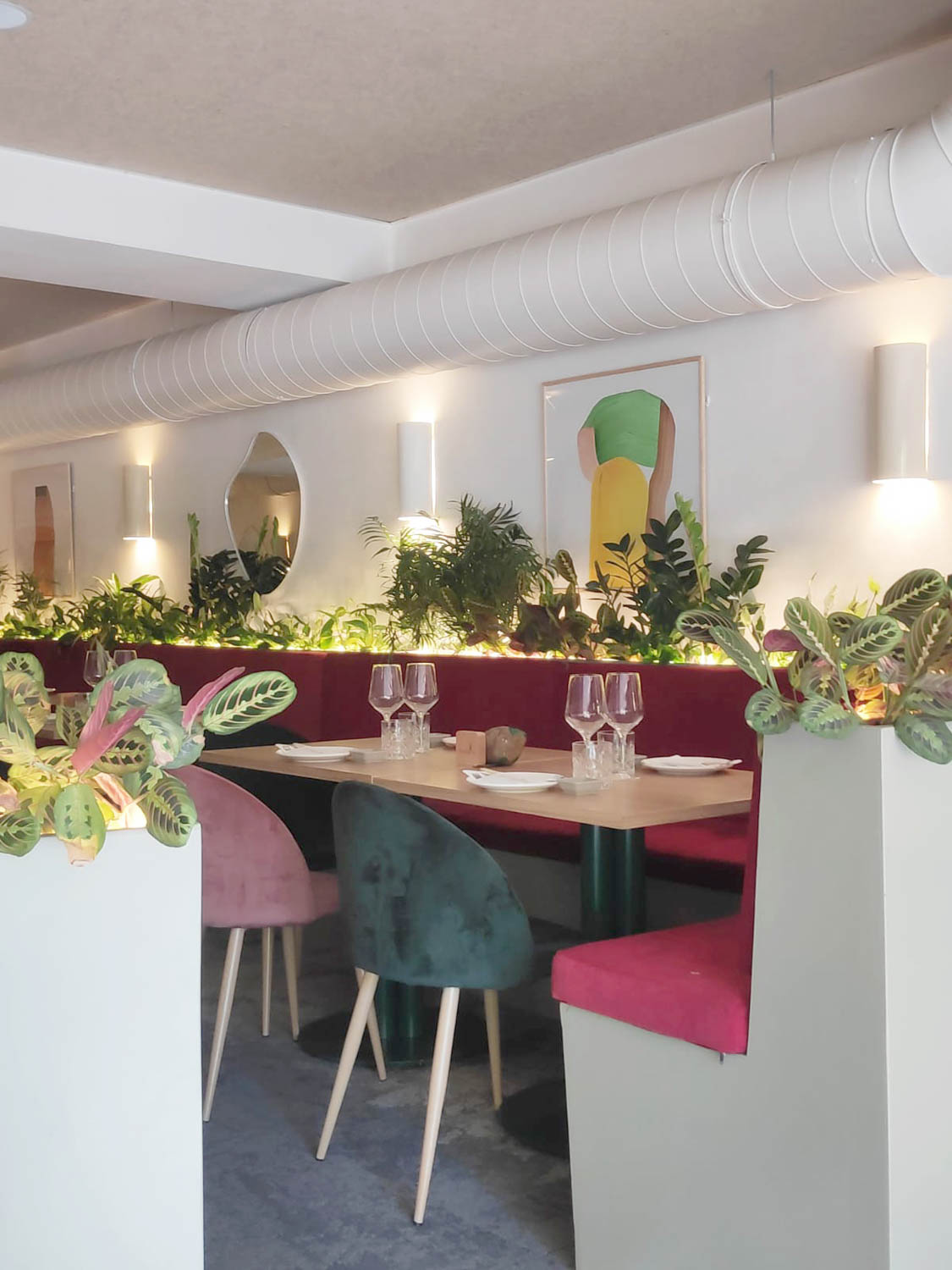
photography by BALLARIN MENDOZA ARQUITECTURA SLP published with bowerbird
How did the architectural and interior design respond to Ronda 14’s blend of Peruvian, Japanese, and Asturian culinary traditions?
The design thoughtfully mirrors the restaurant’s culinary fusion by drawing on the natural landscapes and cultural references of each region. Red velvet seating islands and abundant greenery define the interior, creating a warm and inviting atmosphere. The restaurant is also divided into two symbolic zones inspired by its signature dish, Mar y Montaña (Sea and Mountain). At the entrance level, a high-seating bar area with blue carpet flooring evokes the sea, while the elevated, intimate dining areas surrounded by greenery represent the mountains of Asturias. This layered composition of materials, colours, and spatial contrasts supports and reflects the diversity of the menu.
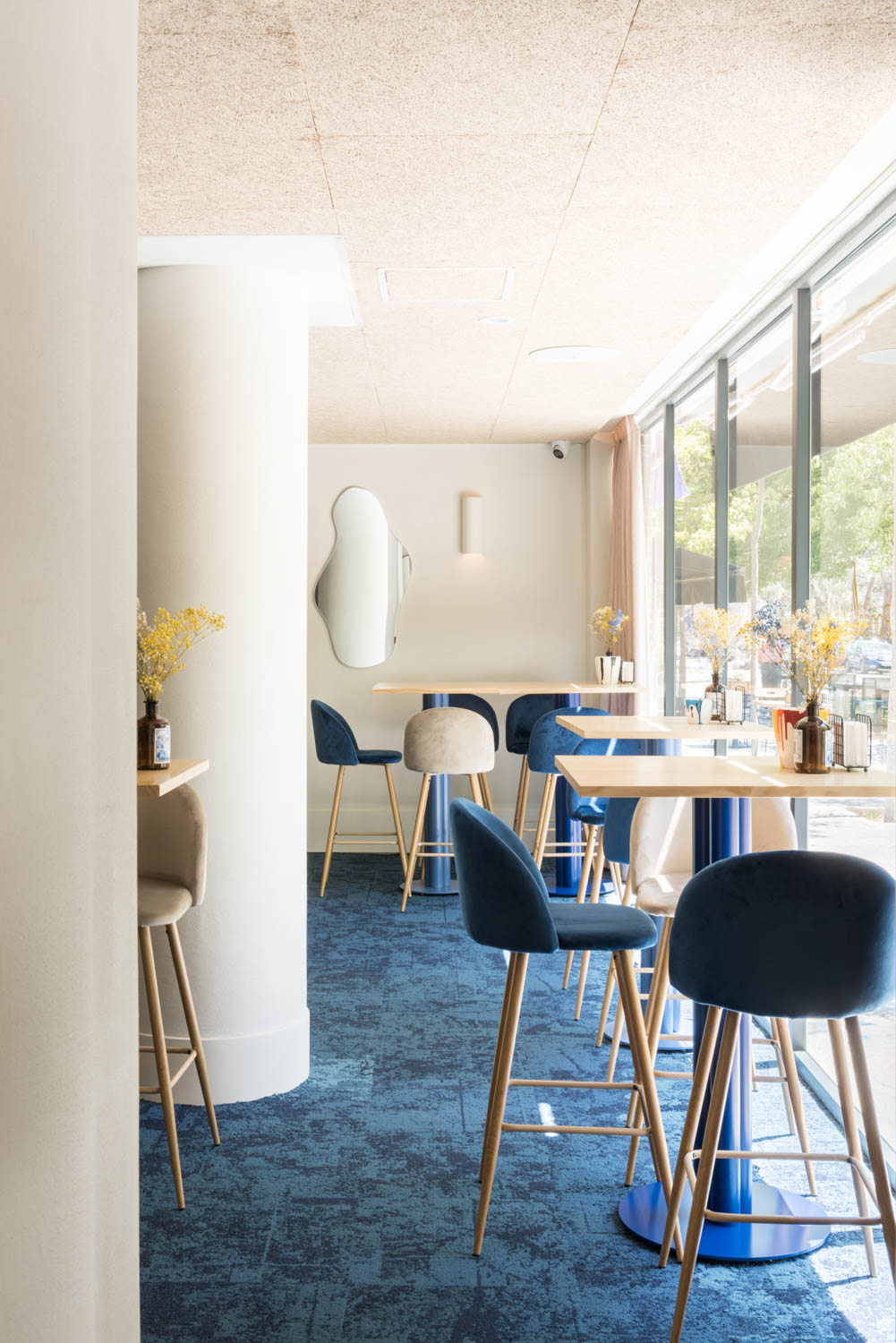
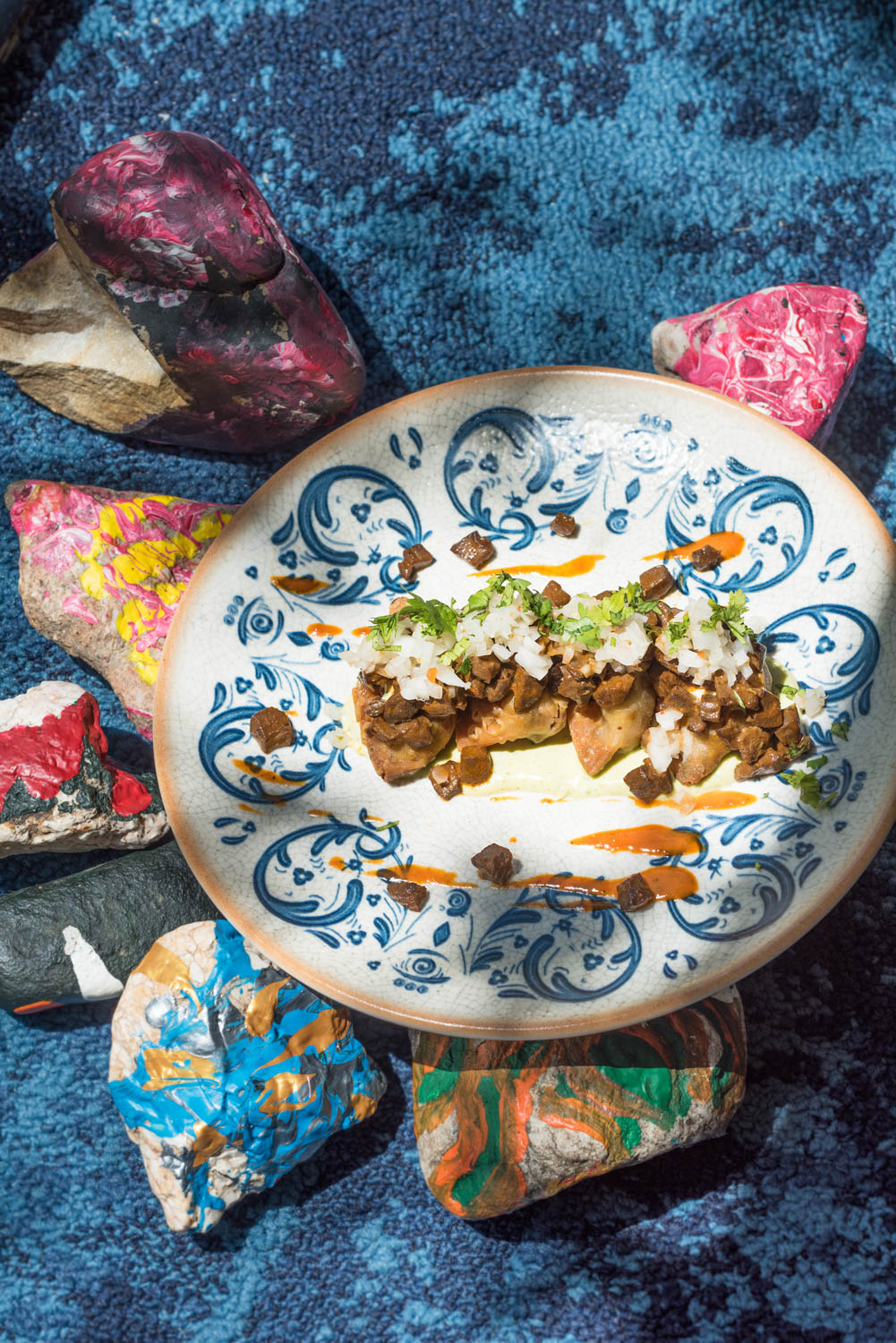
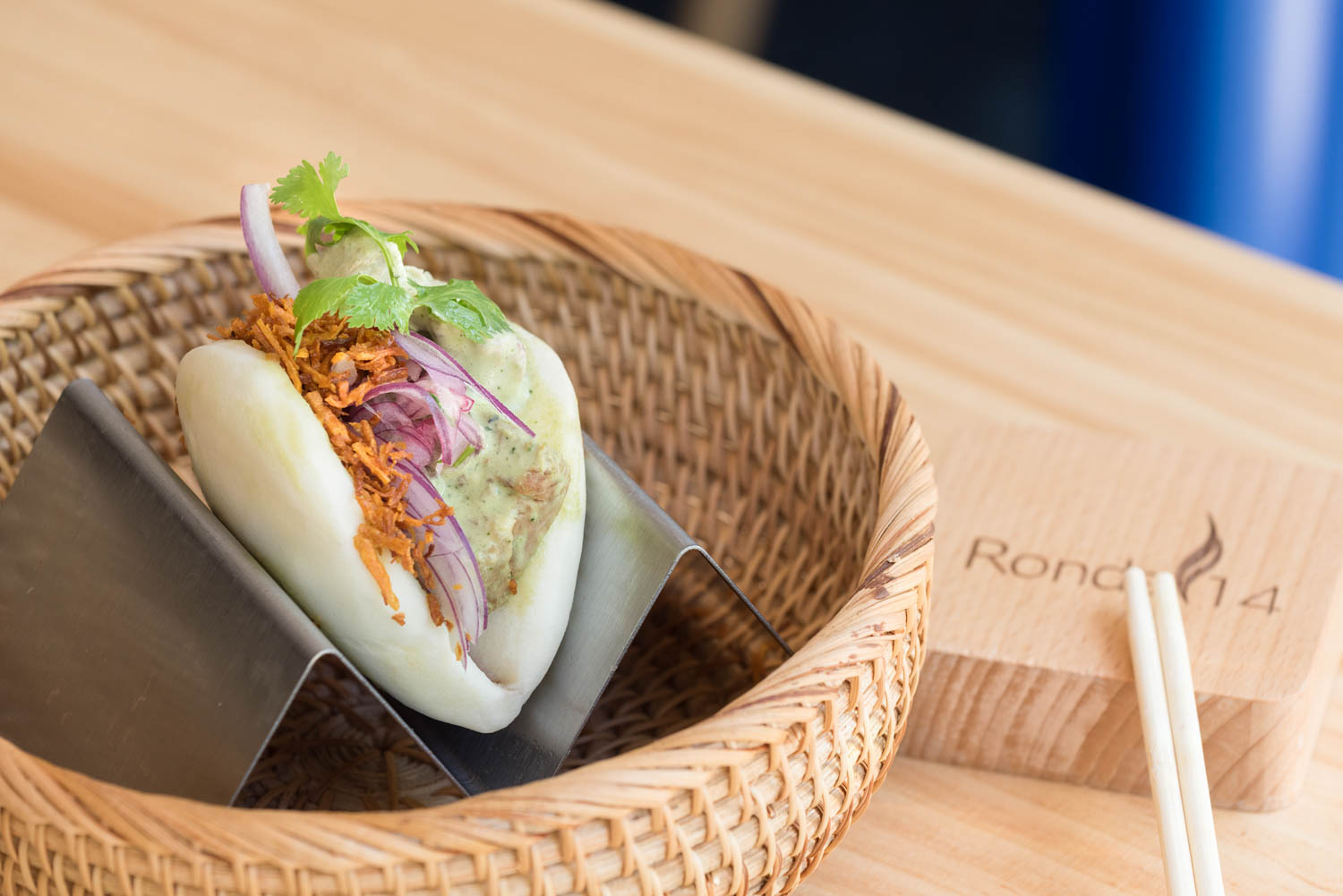
What was the conceptual narrative behind the red velvet seating islands and abundant greenery?
The red velvet seating islands act as social anchors in the space. Their curving forms promote conversation and a sense of closeness, while providing visual warmth. The greenery—especially the plants integrated along the banquettes—softens the space and strengthens the connection to Asturias’ natural landscapes. This biophilic touch creates a more engaging, multi-sensory dining experience, aligning with the restaurant’s immersive culinary approach.
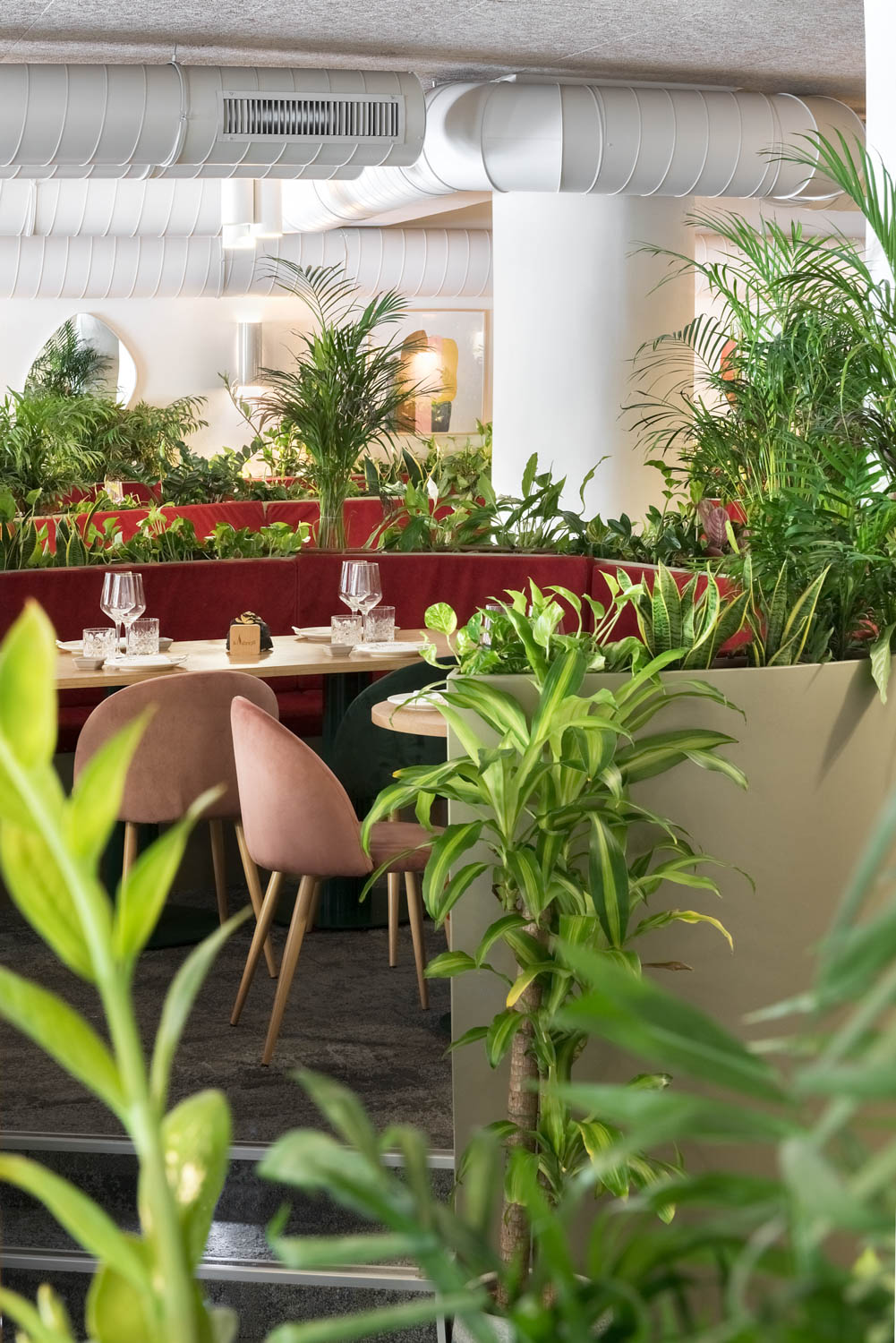
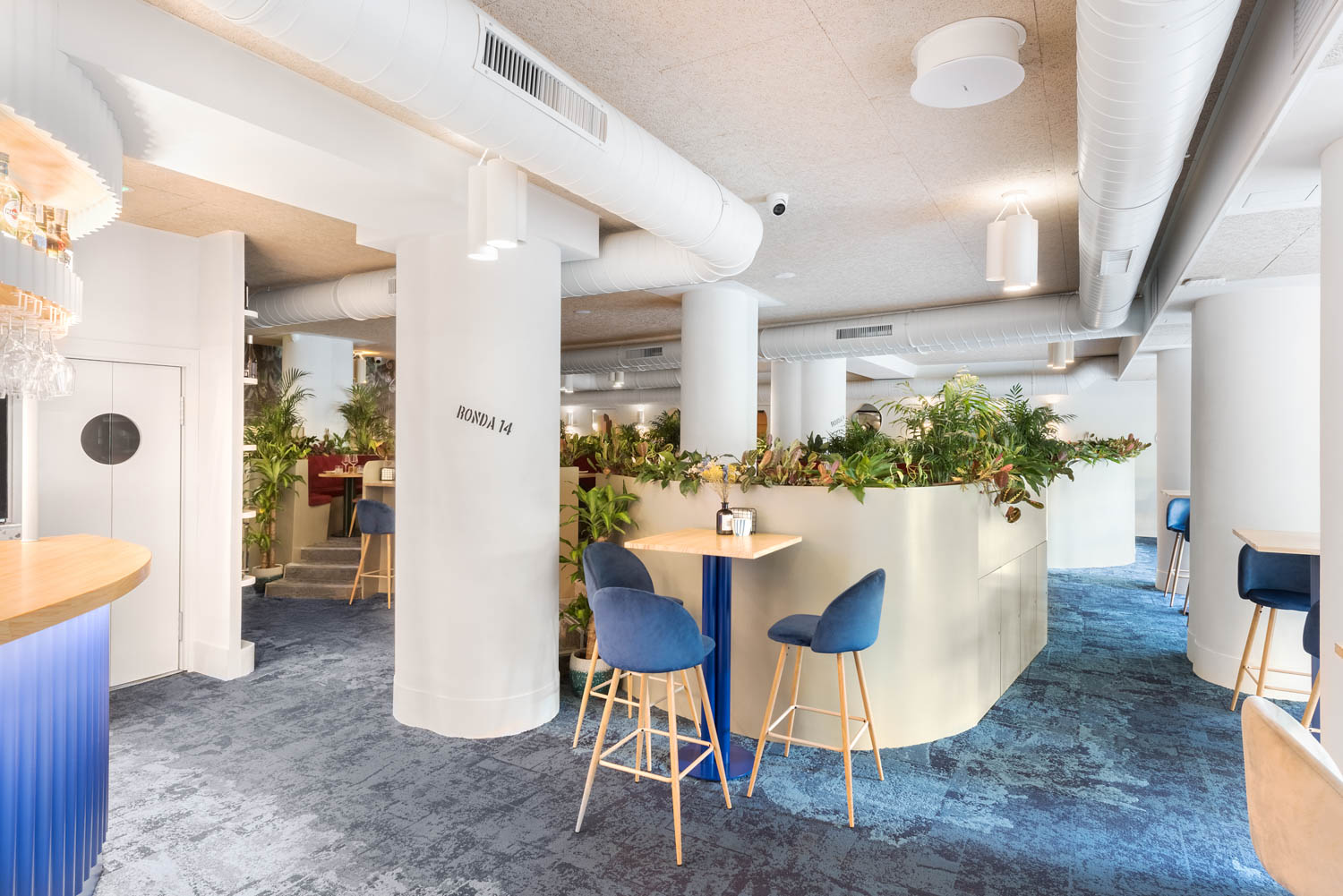
The restaurant spans 280 m². How did you balance openness with intimacy in zoning the layout?
The floor plan is zoned to accommodate a wide range of dining scenarios—from large group gatherings to intimate meals. The red velvet seating islands create semi-private pods, while higher stools and informal seating surround them for a more open, social feel. This variation in elevation and spatial enclosure enables guests to select their preferred atmosphere, making the space adaptable without feeling fragmented.
Why was it important to incorporate Asturian elements like plants into the design?
Asturias is central to the identity of Ronda 14, and referencing this through interior elements was essential to grounding the design. The plants along the banquettes provide a subtle but powerful connection to nature, bringing a calm, organic quality to the room. Even in the most tucked-away corners, this greenery evokes the Asturian countryside and reinforces the authenticity of the dining experience.
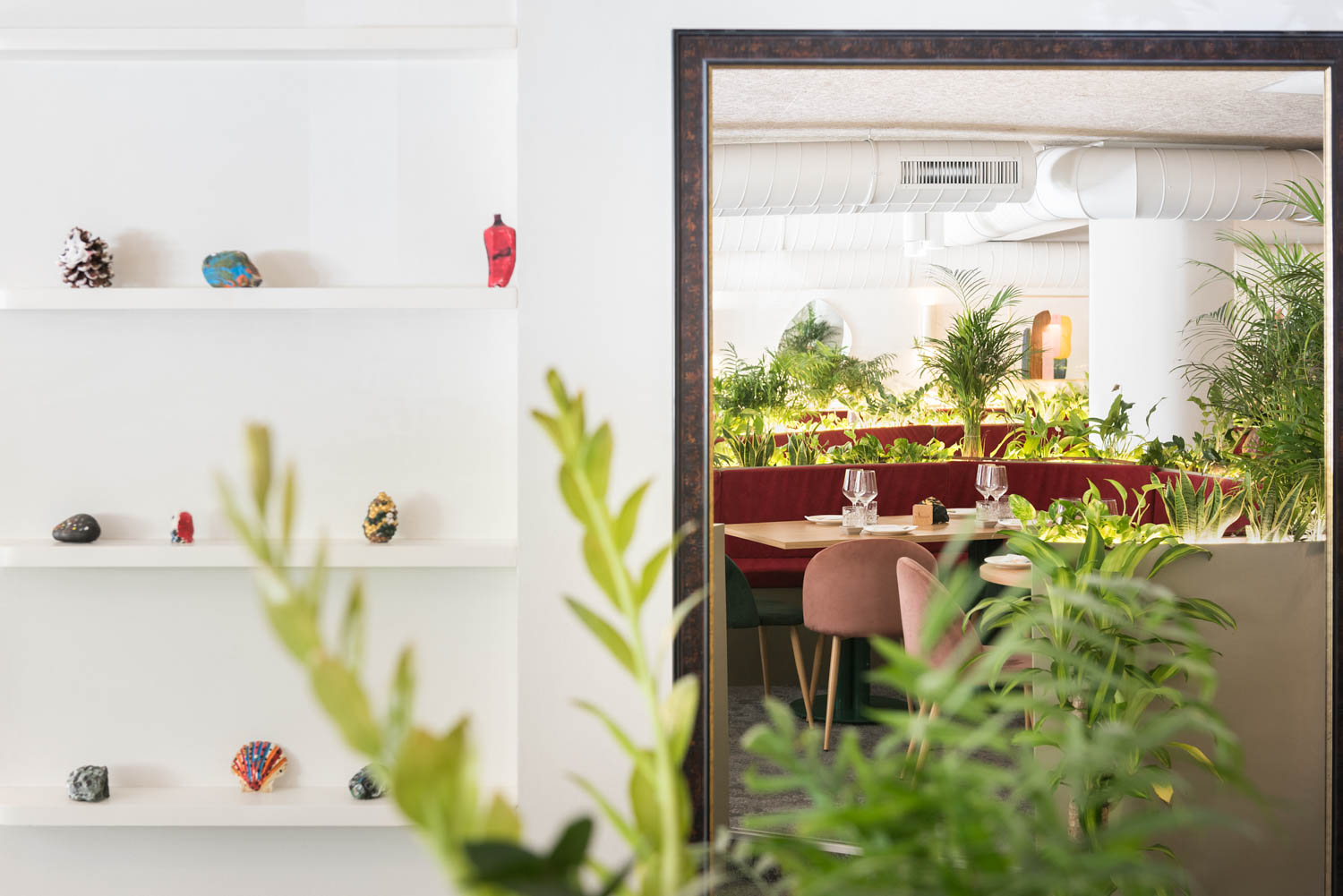

How did collaboration with chef Mario Céspedes and Conchi Álvarez influence the design process?
Chef Mario Céspedes and Conchi Álvarez were closely involved throughout the project. Their input was instrumental in shaping a space that supports not only aesthetics, but also function and flow. Regular exchanges allowed the design team to adapt ideas in response to the operational needs of the kitchen and dining areas. Their openness and trust gave the designers freedom to explore creative solutions while staying grounded in practical constraints.
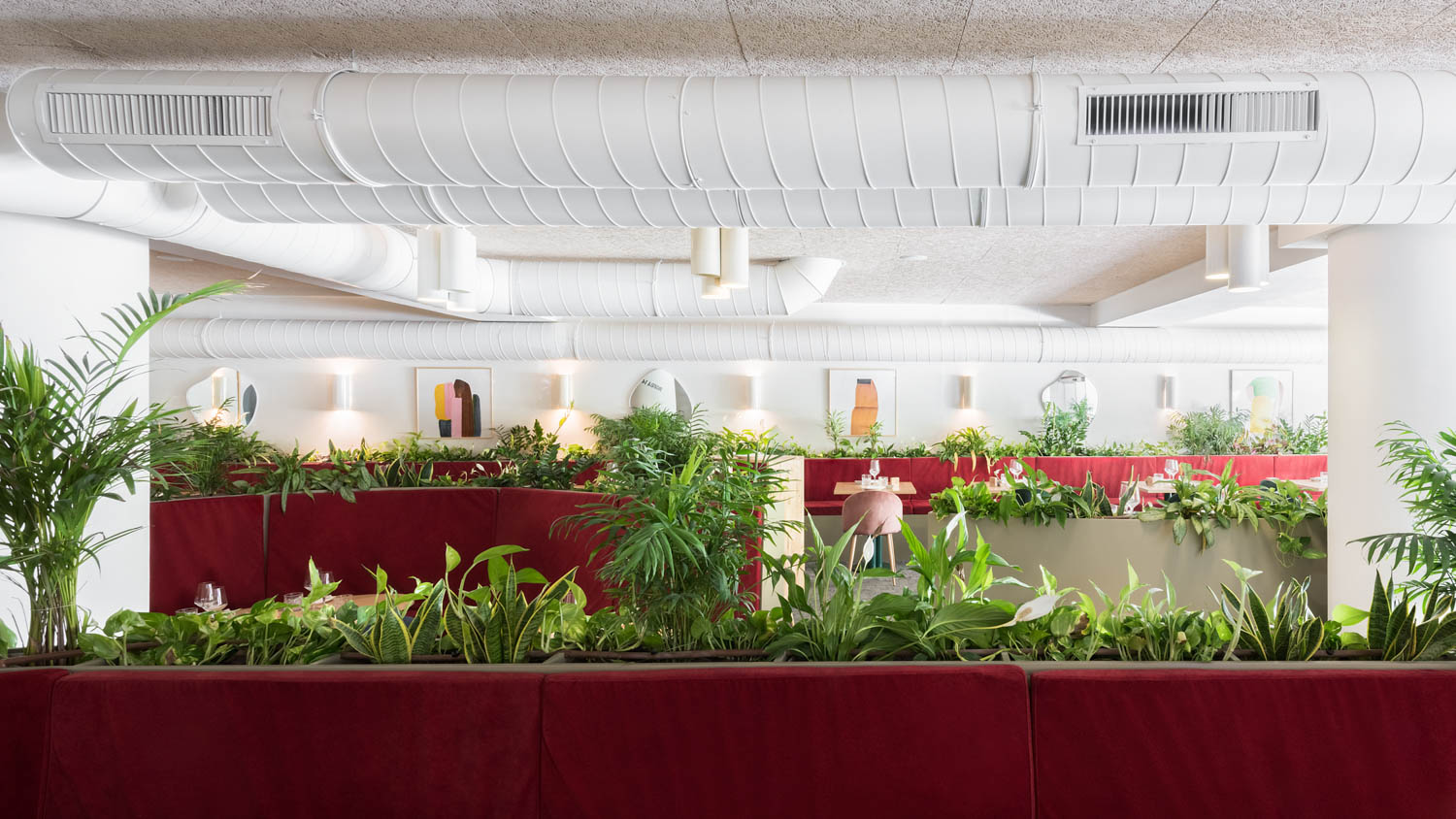
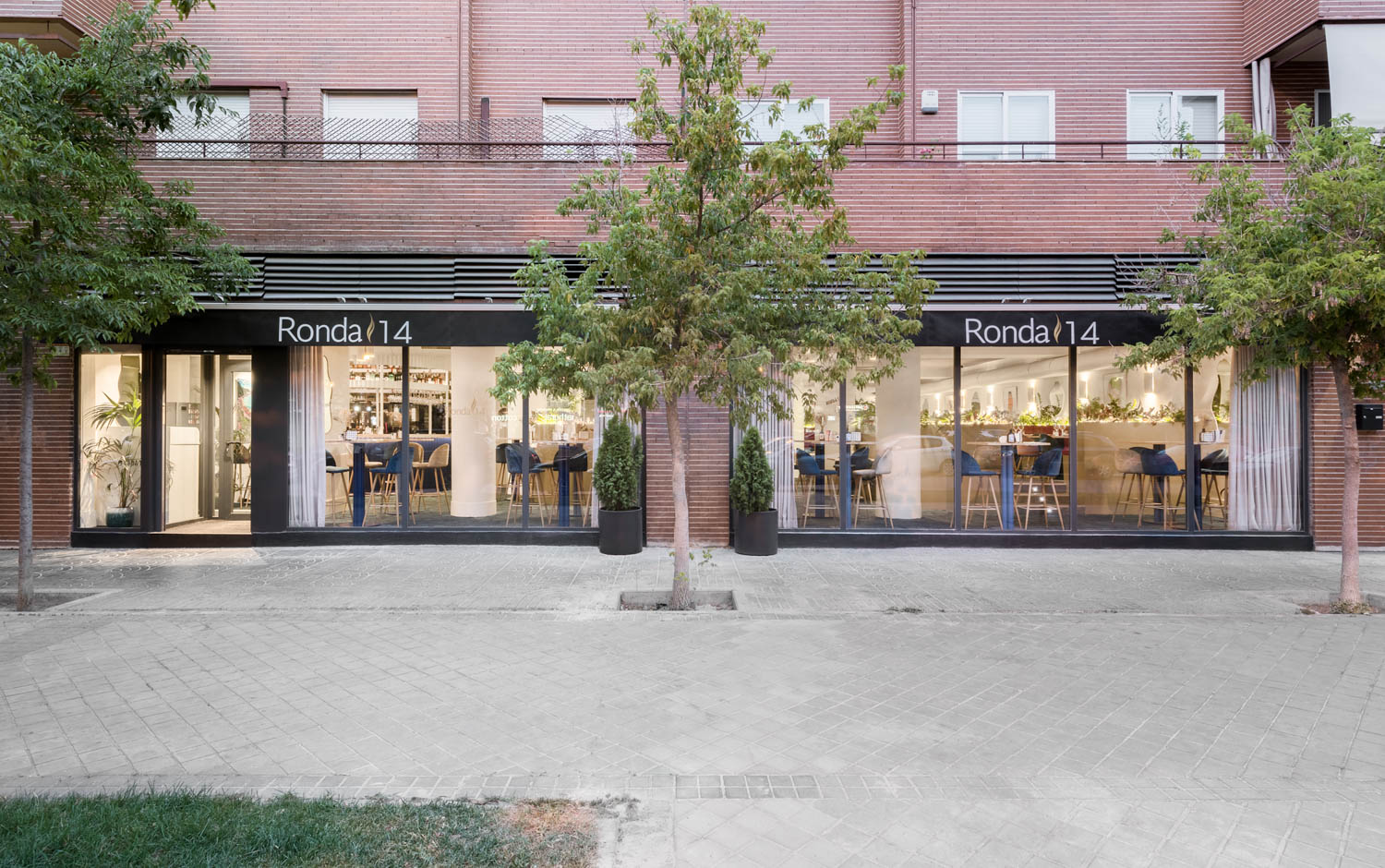
As Ronda 14 expands, what role does architecture play in expressing its evolving brand identity?
Architecture is a key tool in reinforcing Ronda 14’s identity as it grows into new locations. Each restaurant is crafted to reflect the brand’s core values—cultural fusion, hospitality, and quality—while also responding to the context of the site. For example, we recently completed another restaurant in Málaga, and continue to work with the team on upcoming locations. Design becomes a consistent thread that ties together the culinary story and customer experience across all spaces.

